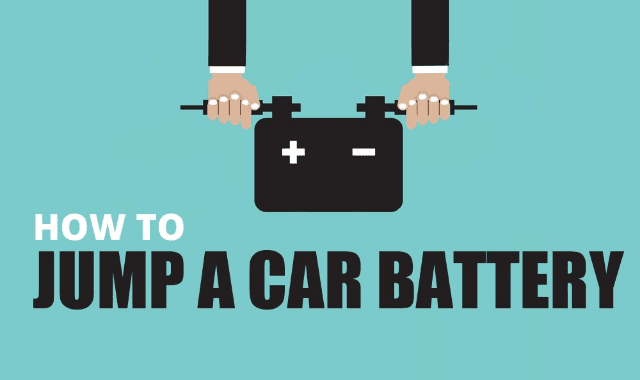Having a good pair of jumper cables in your trunk is great, but unless you know how to use them properly, you’d still be in deep trouble if your battery dies. If you don’t yet have your own pair of cables, make sure to buy some to keep for yourself so you don’t have to rely on someone else to have them. Cables with a lower gauge are thicker and allow more power to flow between the batteries. 4 gauge or lower are the best, so choose carefully.
Once you have a solid pair of low-gauge jumper cables, you’ll need to pick up some safety equipment. Protective eyewear and gloves should be worn when connecting and disconnecting the cables. Keep people and objects away from the batteries during the jump and don’t touch the clamps to anything other than the terminals unless you’re grounding one of them to a piece of metal on the vehicle as per the instructions.
It’s vital that you follow the numbered steps below to a tee.
Don’t turn off the car’s engine until you get it safely parked at home. If it’s already parked in a safe place, drive it around a bit to give the alternator a chance to recharge the battery. Assuming the problem is not the alternator, this should provide the battery with enough juice to start without a jump next time.

Infographic by: topautotools.com
Once you have a solid pair of low-gauge jumper cables, you’ll need to pick up some safety equipment. Protective eyewear and gloves should be worn when connecting and disconnecting the cables. Keep people and objects away from the batteries during the jump and don’t touch the clamps to anything other than the terminals unless you’re grounding one of them to a piece of metal on the vehicle as per the instructions.
It’s vital that you follow the numbered steps below to a tee.
Don’t turn off the car’s engine until you get it safely parked at home. If it’s already parked in a safe place, drive it around a bit to give the alternator a chance to recharge the battery. Assuming the problem is not the alternator, this should provide the battery with enough juice to start without a jump next time.

Infographic by: topautotools.com

